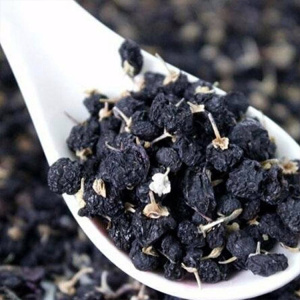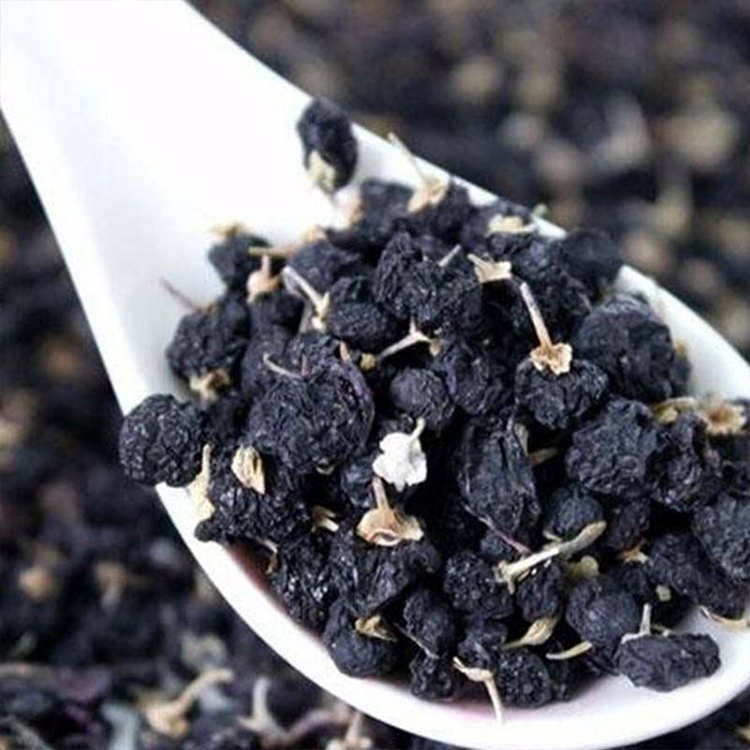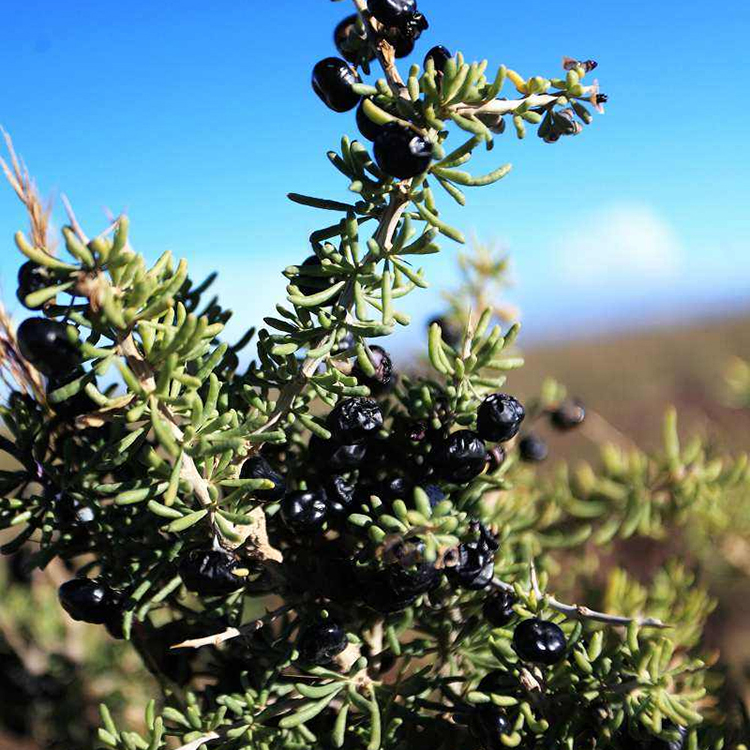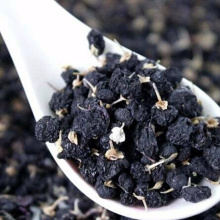Company Details
Ningxia Hongqiaozhigu Technology&Development Co.,Ltd
- [Ningxia,China]
- Business Type:Agent , Distributor/Wholesaler , Trade Company , Manufacturer
- Main Markets: Americas , Asia , East Europe , Europe , North Europe , West Europe
- Exporter:41% - 50%
- Description:AAA Grade Black Goji,Qinghai Chaidamu Bulk Black Goji,High Quality Black Goji Berry










